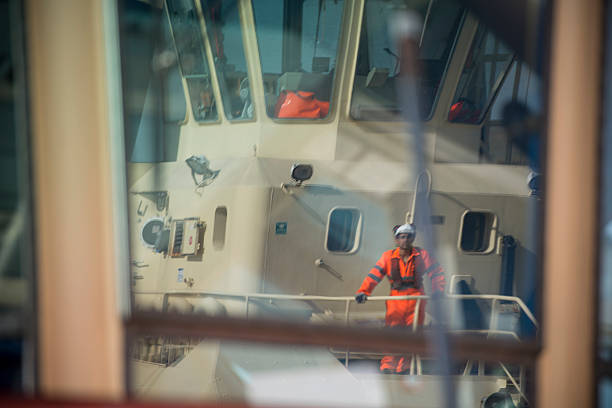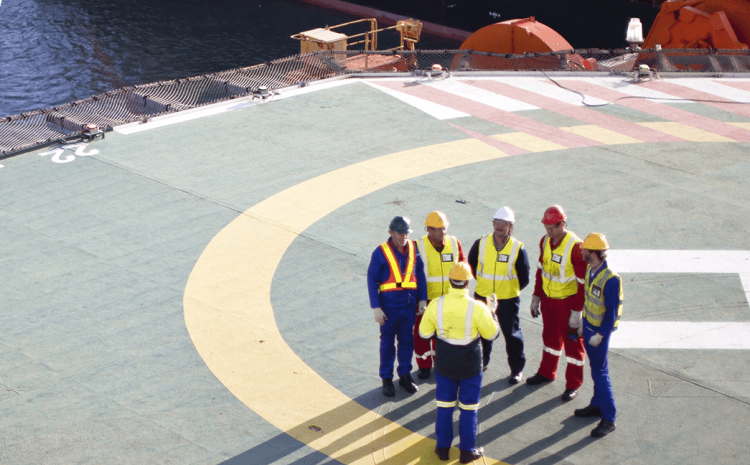Working together in safety
These are not accidents, but repeatable incidents that could and should have been prevented.
The safety performance in our industry has plateaued in recent years and at an unacceptable level. Seafarers are being killed and seriously injured, there is asset damage and environmental impact, which is costing the industry both financially and reputationally.
We must ask ourselves why are the number of incidents not falling? In fact, this is hardly surprising as the shipping industry continues with the same approach to safety, which can only result in so much progress. One of the key areas to address is the type of safety incidents themselves. Let’s be clear,
these are not accidents, but repeatable incidents that could and should have been prevented.
In analysing the data, it is evident that there is a pattern of the same incident types recurring time and time again. When we talk about safety and safety incidents, we are actually talking about seafarer lives, and the devastating impact on their families and children. During my career, I have witnessed some terrible incidents and we must be clear, that the impact does not last a day or a month or a year, but a lifetime and more.
To stop these unnecessary incidents, we must see safety as the solid foundation that supports every activity in the company. It is often said that if you get the safety right, you get everything right. That is why, in my work in some of the world’s largest and most challenging oil and gas companies, we were able to improve the business performance through safety.
The reason is that the same leadership attributes required for a great safety performance, also delivers a great business performance too. Safety shows care for people and their wellbeing, with the result that your people are motivated to do a great job every day.
This same thinking was used to develop the Together in Safety programme, which is the world shipping industry safety coalition. Together in Safety is made up of leaders and experts, comprising all of the major shipping industry groups, including the International Chamber of Shipping, BIMCO, OCIMF, Intertanko, Intercargo, Interferry, Cruise Liners International and the World Shipping Council,
as well as global shipping companies, and insurance, classification societies and country representatives.
The Together in Safety programme is based around the three key strategic drivers of Leadership, Incident Prevention, and Wellbeing & Care, with Collaboration at the core. Following a detailed analysis of shipping industry data, we have identified that there are 14 recurring major incident types. If the shipping industry could eradicate just a small number of major incident types, this would have a dramatic impact on improving the safety performance in terms of seafarer fatalities and serious injuries, high-cost asset damage and significant environmental impact. These include navigation, container losses, fires, confined space entry and mooring operations.
Safety data and trends have been analysed with the development of free guidance through proven good practices for shipping companies to follow, to reduce the risk of these incidents recurring.
This guidance is free and available now at the website togetherinsafety.info I know that shipping leaders care about their people and take safety seriously. The issue is that those leaders do not know what more they can do. It is not about more regulation, but instead it is to align the company safety programme with Together in Safety and make safety the core of everything that you do.
Leadership in the company is vital to mobilise the organisation around the transformation, by personally setting the agenda and meeting staff, so they know that safety is important to you. It is about demonstrating care for your people and looking after them as if they are your own family. It is about understanding our safety risks and identifying your major incident types, then using the good practices that are already available to stop these preventable safety incidents from recurring.
The Together in Safety programme will make our industry a safer place and protect the lives of seafarers, and improve business and commercial effectiveness.
This article appeared in Inmarsat’s 2022 Future of Maritime Safety Report

